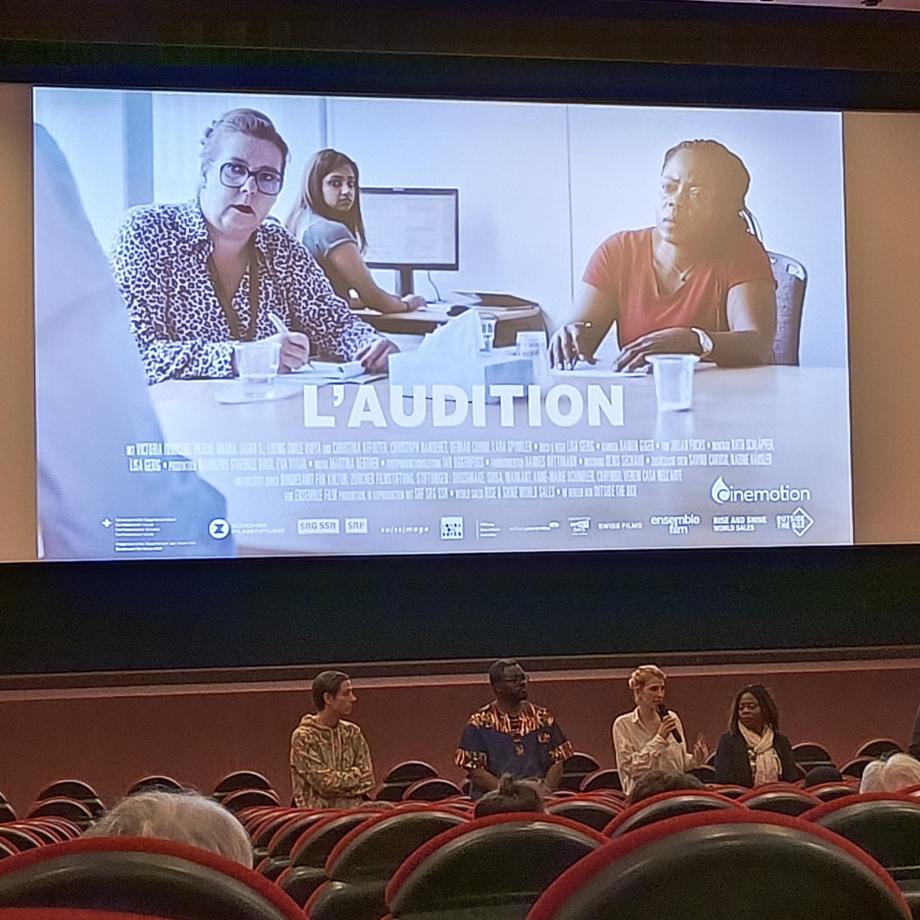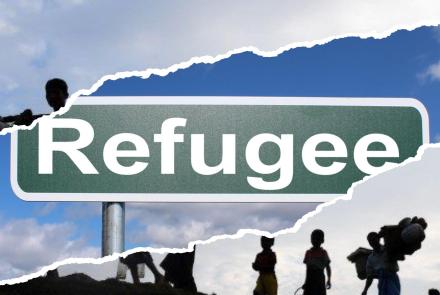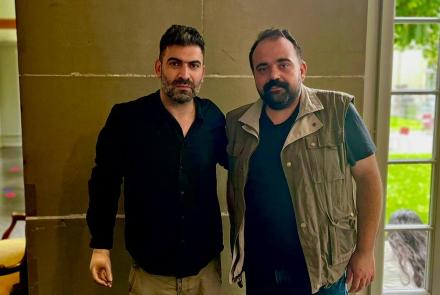Would You Hire Your Asylum Interviewer? The Unexpected Twist in the Asylum Room: L’Audition
We had the opportunity to attend a special screening of L’Audition (2023), written and directed by Lisa Gerig, at an exclusive preview event at Fribourg Rexx Cinema, attended by the director and actors before its official release. It is worth noting that this documentary film has already won awards from several festivals such as Prix du cinéma suisse, Zürcher Filmpreis, Toronto, 30th Hot Docs Canadian International Documentary Festival Toronto.
As a preliminary note; the French word 'L'Audition' translates to listening, hearing, or audition in Turkish. This term refers to the interviews where the reasons for asylum of the applicants are questioned by the officials of the Swiss Migration Secretariat (SEM), followed by the decision to accept or reject the applicants as refugees.
After mentioning the credits of the documentary film, let's now delve into its story and characters. In L’Audition, we witness four asylum interviews simultaneously. These include a transgender woman from Sri Lanka, a young woman from Nigeria, a young man from Afghanistan, and another young man from Cameroon. The most striking aspect of the documentary film is right here. All the actors are real asylum seekers who have applied for asylum in Switzerland. It's important to note that the interviewers conducting the interviews are also real asylum interviewers. The setting is entirely authentic. A scribe, an interpreter, a representative from an NGO (Non-Governmental Organization), an authorized asylum interviewer on behalf of SEM, and of course, the asylum applicant. At this point, it is important to mention that the documentary was shot in collaboration with the SEM (Swiss Migration Secretariat). Although this information largely reflects the real stories of the asylum seekers, the extent of SEM's intervention during the selection of the sample or the screenplay stage of the film raises questions about whether or not SEM's involvement exists, or to what extent it does.
In the first half of the documentary, we listen to the asylum seekers recounting what happened to them in their countries and why they fled, accompanied by questions from the interviewers. This section, of course, leads to emotional and tense scenes for some asylum seekers, as they relive traumatic memories, resulting in expressions of emotions such as crying, frequent pauses, averting gazes, or staring blankly with eyes filled with incomprehension. It is worth noting that regardless of whether the asylum seekers and interviewers had prior acting experience, they exhibit remarkable skill in portraying the tense, anxious, fearful, and at times even humorous moments of a real asylum interview throughout the documentary, deserving special commendation for the actors and director Lisa Gerig.
As many refugees and asylum seekers in Switzerland are well aware, the questions and approaches you encounter during 'l'audition' are often quite uncomfortable. Despite having escaped from war, political oppression, and threats, and having managed to reach the host country after experiencing severe traumas, you are made to feel quite strongly 'unwelcome' when you first interact with the Swiss authorities. They constantly seek loopholes in your statements, strive to find inconsistencies, and do not hesitate to make you feel like you are being cornered. They interrupt your words, ask other questions, relevant or irrelevant, and assert their authority as if to remind you that they are in power. The sense of insecurity for asylum seekers seeking safety is explicitly conveyed by asylum interviewers, who represent SEM.
Returning to the film; the following statements made by the Cameroonian refugee during the interview have resonated with many of us emotionally: "Before going to the interview, I felt good, even happy, thinking I would express myself, explain my reasons, be understood, and relax. But during the interview, I felt disappointed." (...)
"They tell us we can go home after the interview. But it's not easy at all. You feel completely naked and alone. I didn't even see the trains while walking on the street."
When the Tamil (Sri Lanka) woman, interrupted while explaining why she left her country, said, "But I wasn't finished yet," the SEM interviewer, having the right to do so, comfortably moved on to her next question, showing the devaluation-objectification we mentioned earlier.
The meticulous recording of the Nigerian woman wiping her tearful eyes with a handkerchief after her traumatic memories resurfaced in response to the question of whether she still communicates with her family (‘’When asked what happened to your family, you cried, can you confirm?’’ ‘’How many times did you wipe your eyes?’’) is a poignant reminder of Switzerland's mechanical approach to asylum seekers.
One important point expressed by asylum seekers in the documentary film regarding asylum interviews is the insistence on obtaining precise information about the events that traumatized you. For example, despite the Cameroonian refugee stating that he couldn't remember the exact number when asked about the number of police officers involved in the violence he experienced at the police station, he was repeatedly asked, "Exactly how many were there?" Imagine saying you lost consciousness due to police violence, yet they insist on asking how many police officers there were!
Now, let's talk about the most interesting aspect of the documentary film - as we highlighted in the title of our article. In the second half of the film, asylum applicants and SEM officials switch places! Those who have applied for asylum, who were sitting in the 'defendant' chair a moment ago, are now conducting interviews with their own interviewers to hire them. This time, SEM is in the 'defendant' chair. Asylum applicants, based on what they experienced in the previous section, question SEM employees. They interrupt them to encourage empathy and ask, "How did this make you feel?"
Some of the questions were as follows; "So what is your motivation for working at SEM?" "How do you decide on the acceptance of asylum seekers? What are your criteria?" "Where do you find the strength to ask us these questions?" "How do you feel right now?" The dialogue in this section prompts the audience to question the asylum system.
At the end of the documentary film, the screenwriter and director Lisa Gerig, along with the Cameroonian and Nigerian refugees and a SEM interviewer featured in the film, candidly answered questions from the audience.
In conclusion; we would like to draw attention to the importance of what we would generally call migration cinema. Films about migration routes, asylum camps, asylum interviews, and the subsequent difficulties that follow, when combined with the power of art, undoubtedly play a significant role in creating political awareness among large audiences and questioning the migration-asylum policies of states. There are countless examples of this that cannot be mentioned here. It is important to bring to the big screen the various difficulties, blatant human rights violations, and traumas experienced in migration routes and host countries, as well as the successes achieved despite all the challenges, as a path to healing and resilience. It is worth contemplating more about migration cinema, and dedicating more thought to it.
PangeaKolektif members
Özgür Türk - Tuncay Özdemir
March 29, 2024
"For detailed information about the documentary film 'L’Audition (2023)':






